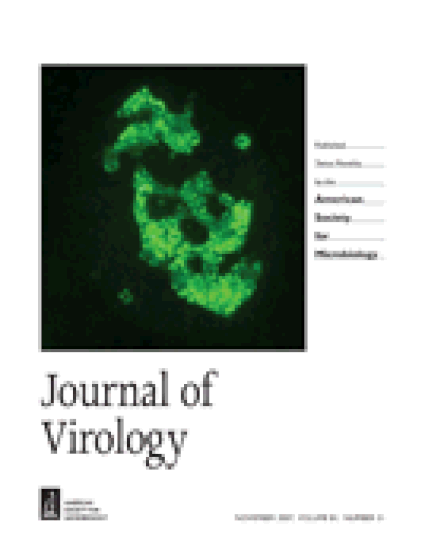
Article
Recent Amplification of the Kangaroo Endogenous Retrovirus, KERV, Limited to the Centromere
Journal of Virology
(2011)
Abstract
Mammalian retrotransposons, transposable elements that are processed through an RNA intermediate, are categorized as short interspersed elements (SINEs), long interspersed elements (LINEs), and long terminal repeat (LTR) retroelements, which include endogenous retroviruses. The ability of transposable elements to autonomously amplify led to their initial characterization as selfish or junk DNA; however, it is now known that they may acquire specific cellular functions in a genome and are implicated in host defense mechanisms as well as in genome evolution. Interactions between classes of transposable elements may exert a markedly different and potentially more significant effect on a genome than interactions between members of a single class of transposable elements. We examined the genomic structure and evolution of the kangaroo endogenous retrovirus (KERV) in the marsupial genus Macropus. The complete proviral structure of the kangaroo endogenous retrovirus, phylogenetic relationship among relative retroviruses, and expression of this virus in both Macropus rufogriseus and M. eugenii are presented for the first time. In addition, we show the relative copy number and distribution of the kangaroo endogenous retrovirus in the Macropus genus. Our data indicate that amplification of the kangaroo endogenous retrovirus occurred in a lineage-specific fashion, is restricted to the centromeres, and is not correlated with LINE depletion. Finally, analysis of KERV long terminal repeat sequences using massively parallel sequencing indicates that the recent amplification in M. rufogriseus is likely due to duplications and concerted evolution rather than a high number of independent insertion events.
Disciplines
Publication Date
May 15, 2011
DOI
10.1128/JVI.01604-10
Citation Information
Gianni C. Ferreri, Judith D. Brown, Craig Obergfell, Nathaniel Jue, et al.. "Recent Amplification of the Kangaroo Endogenous Retrovirus, KERV, Limited to the Centromere" Journal of Virology Vol. 85 Iss. 10 (2011) p. 4761 - 4771 Available at: http://works.bepress.com/jue-nathaniel/15/
